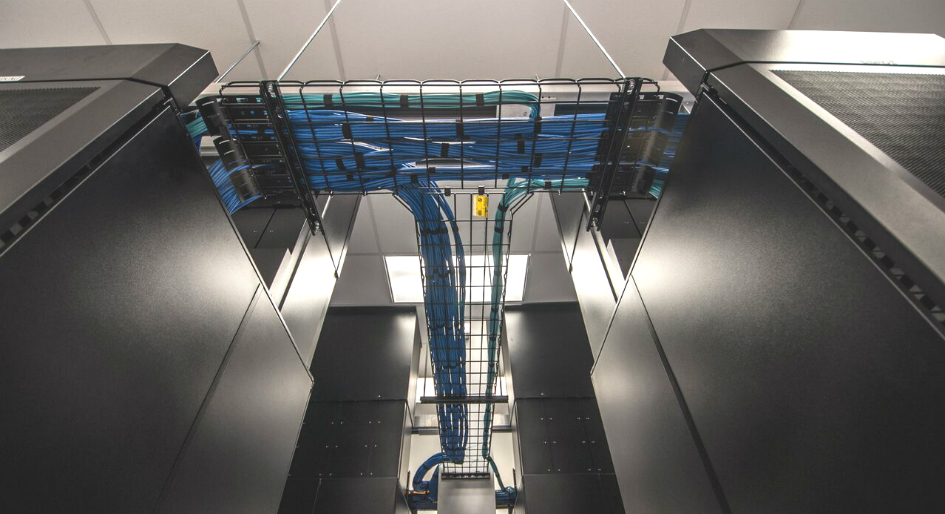Technology moves quickly, and one of the places it is moving fastest is inside the built environment. Smarter building technology systems are unlocking more meaningful data and providing more solutions than ever before – dramatically changing the way in which buildings perform, and informing the overall approach to their design, engineering, and construction. At the same time, this rapid change in approaches and quick uptake of new technologies also means building users and developers are aware of – and expect – more.
Smart Buildings Boom
“The integration of technologies and systems that control every aspect of a building’s operation and user experience is a trend we’ve seen rapidly evolve,” says Sharyn Gravelle, WSP’s National Vice President, Telecom & Technology, noting, “The reality is that we’re at the start of a new cycle of smart buildings that are attaining ever higher levels of efficiency, sustainability, and capability.”
That cycle is expected to continue moving the global smart building market forward to a value of more than $24 billion by 2021, according to a recent MarketsandMarkets report. Driving the demand for smart technology solutions are government initiatives and regulations and rising demands among building owners for lower operational costs. Other drivers include the rising need for integrated security and safety systems and the growing adoption of Internet of Things (IoT) platforms within building automation and asset management.
Effective technology integration requires effective collaboration within a holistic, whole-project, and whole building life cycle approach. Whether it is a new construction or the rehabilitation of an existing structure, everything from the sensors monitoring a building’s energy consumption to the security surveillance and alarm systems, and the networking and IT infrastructure to the automation of building systems, are all becoming more tightly intertwined. That means the teams who deliver smart building designs and upgrades must mirror this approach. This is why WSP formed the Telecom & Technology service line in January 2017, with three core areas of focus: Wireless Infrastructure Services, Fiber Services, and Smart Technology.
Technology and Teamwork: A WSP Case Study
As Sharyn Gravelle explains, “In order to execute a fully integrated technology design, WSP combines experts in building technologies, security, communications, networking, structural, mechanical, electrical, and sustainability. Cohesive teams ensure that the complex, multi-dimensional decision-making required for smart buildings is resident inside each team and that all members are aware of the overarching objectives and the constraints and nuances multiple technology overlays require.”
WSP’s Alex Petroff, senior project manager, and Alexander Lui, manager, commercial and sustainability, recently collaborated on Toronto’s new EY Tower, a 40-storey, 900,000 sq. ft. facility and the city’s first Triple-A office building built to LEED standards. Inside EY Tower’s high-performance building envelope, mechanical and electrical systems provide zoned climate-controls that utilize dual ventilation systems for temperature and fresh-air supply. Other smart technologies at EY Tower include daylight and motion sensors, leading-edge lighting controls, and parking designed for electric cars.
What’s more, explains Petroff, there are even plans to pipe music into the stairwells: “To heighten the opportunities for tenant wellness, and encourage the use of stairs for exercise, standard lighting levels inside the building’s stairwells were boosted by 50 per cent. Music will also help motivate people to use the stairs for fitness purposes.”
UX is Integral
The importance of the user experience (aka the UX) is becoming more integral to smart buildings, just as it is in the apps and websites that people immerse themselves in on a daily basis. The bottom line is that the smarter a building is, the greater the benefits that accrue for both the owners and operators and the building occupants.
WSP is one of the world’s leading professional services consulting firms. With over 7,500 people across Canada – engineers, technicians, scientists, project managers, planners, surveyors and environmental specialists – we design and deliver lasting solutions in the Buildings, Transportation, Infrastructure, Oil & Gas, Environment, Geomatics, Mining, Power and Industrial sectors.







